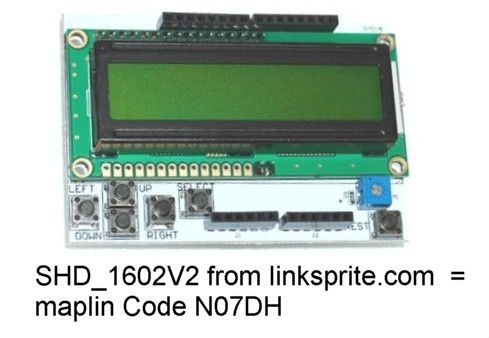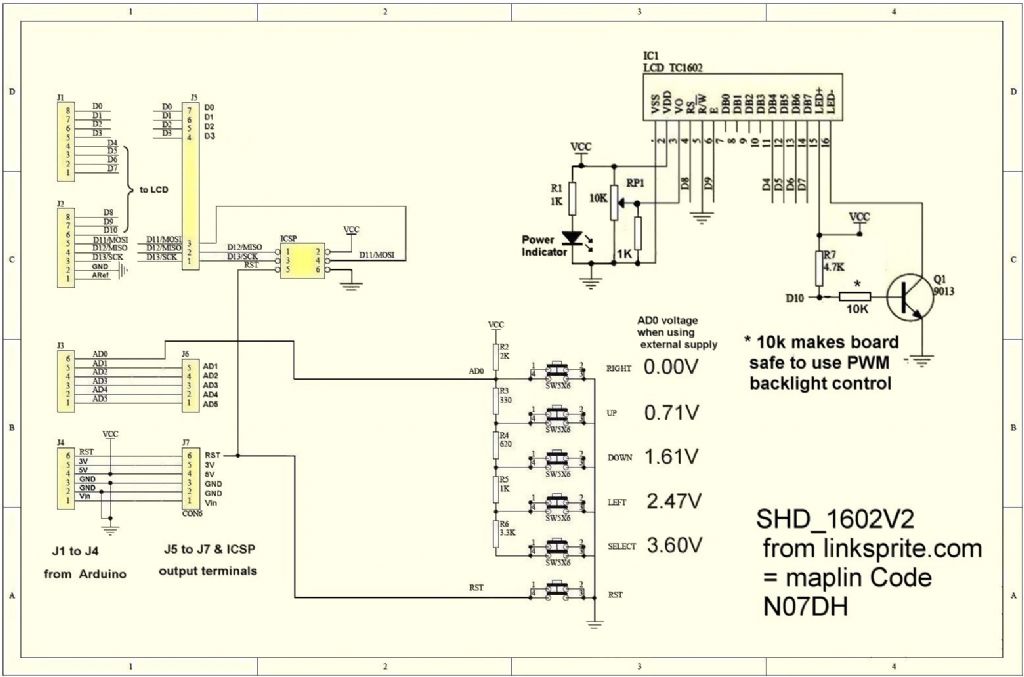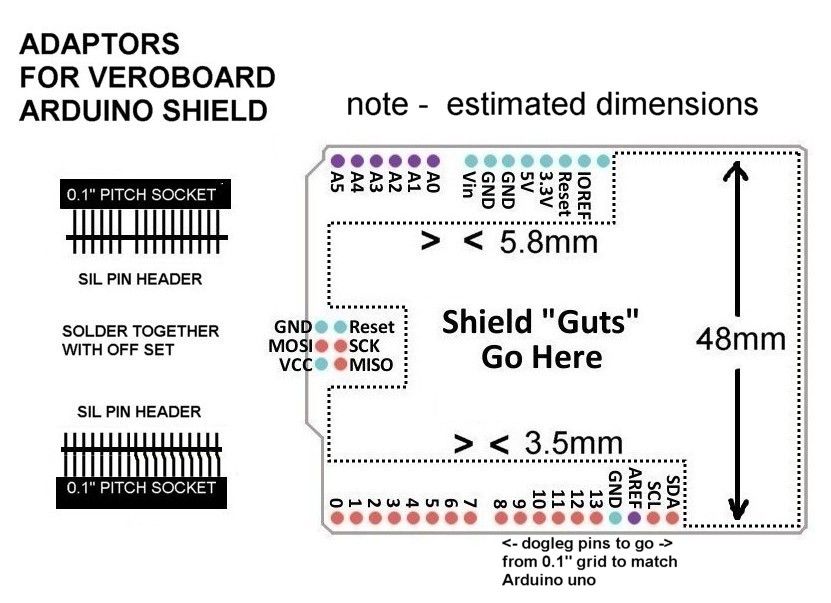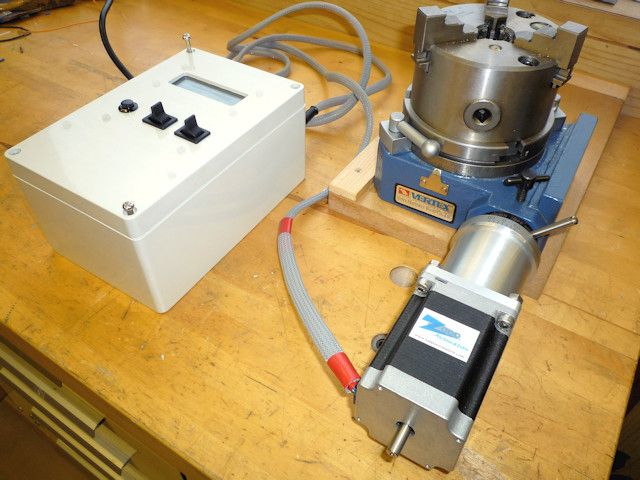Arduinos and Microcontrollers ref: Rotary Table Mew 249
Arduinos and Microcontrollers ref: Rotary Table Mew 249
- This topic has 242 replies, 43 voices, and was last updated 1 December 2021 at 05:30 by
John Olsen.
- Please log in to reply to this topic. Registering is free and easy using the links on the menu at the top of this page.
Latest Replies
Viewing 25 topics - 1 through 25 (of 25 total)
-
- Topic
- Voices
- Last Post
Viewing 25 topics - 1 through 25 (of 25 total)








